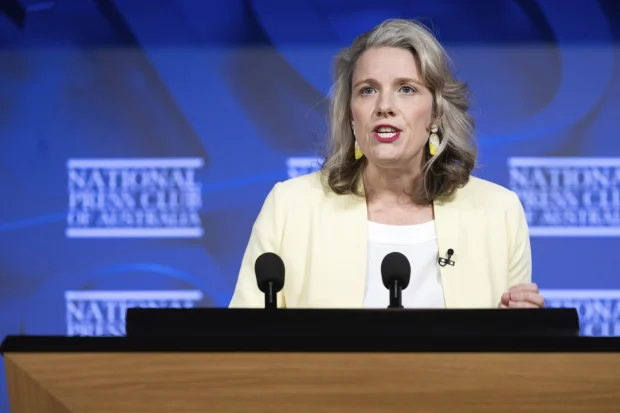A parliamentary joint standing committee on immigration has launched a series of public hearings to reshape Australia’s immigration system. The Committee seeks to address the growing shortage of skilled workers and laborers across the economy. Experts suggest that skilled migrants can bridge the local labor shortage in building Australia’s future.
A major overhaul of Australia’s immigration system could be needed to ease both the short- and long-term shortage of skilled workers.
The Parliamentary Joint Standing Committee on Immigration has launched a series of public hearings into its inquiry into how Australia’s immigration system can better meet the growing shortage of skilled workers and workers across the economy.
The Grattan Institute recommends raising the migration cap. But the agency says the committee should recommend bringing in younger, higher-skilled immigrants rather than lower-skilled ones to fill short-term labor shortages.
Trent Wiltshire, deputy program director of migration and labor markets at the Grattan Institute, said Australia’s migration program had worked well in the past but was in desperate need of an overhaul for strategic reasons.
Last year, a report on the Australian workforce by the federal government’s National Skills Commission found the country has a massive skills shortage.
It shows that the number of Australians looking for work has fallen due to falling unemployment rates, and that the number of job adverts has increased by 42 per cent in 2022.
But these jobs are unable to be filled by Australian workers where there is a significant skills shortage in addition to many key positions.
The Joint Standing Committee on Migration seeks to minimize the effects of this skills shortage by finding ways to better organize the migration system, particularly by attracting more skilled workers from abroad to fill key vacancies in regional areas.
Mr Wiltshire said the Australian budget could grow even more by reforming Australia’s skilled immigration program and bringing in young, talented workers.
“The main benefit Australians get from immigration is the revenue dividend. So we think improving the skilled migration program could deliver up to $125 billion in budget over the next 30 years,” he says.
The Joint Committee’s Migration Inquiry identified migration as key to “vibrant economies and social sustainability in urban and regional centres”.
The committee also said that “strategies to attract and retain migrant workers” and “policies to strengthen skilled migration pathways to permanent residence” are key priorities of the review.
The committee received 117 proposals from major industry bodies, migration experts, lawyers and professors.
The Australian Chamber of Commerce and Industry or ACCI has voiced its support for raising the migration cap and paving the way for increased skilled migration.
Chief executive, Andrew McKellar, said he believed skilled immigration to fill labor shortages would only help create a stronger Australian economy.
But the government is being urged not to abandon local workers in favor of highly skilled migrants.
ACCI, Australia’s largest and most representative trade body, says the committee needs to strike a “balance” in the interests of all.
Mr McKellar says local workers will ultimately benefit from the project.
He says, everyone will benefit here. Moreover, there is no evidence yet that migration programs have reduced wages or job opportunities. Rather, the economy has expanded.
Meanwhile, immigration lawyers want to use the opportunity to highlight systemic problems within the Australian immigration system.
Joshua Strutt, center director and principal solicitor at the Immigration Advice and Rights Center, or IARC, said ensuring a transparent system and a pathway to permanent residency are his organization’s top priorities.
He says that there are some confusing aspects of our immigration policy and the path from temporary visa to permanent visa is not clear. As a result, Australia is less attractive as a work destination.
Joshua Strutt calls for Australia’s immigration system to be simplified.
Following public hearings this week, the Joint Standing Committee on Migration will review input from industry experts to balance interests and publish its findings throughout the year.
It is thought that the outcome will likely reshape Australia’s immigration system as local labor shortages must be reduced to safeguard the future of the Australian economy.





